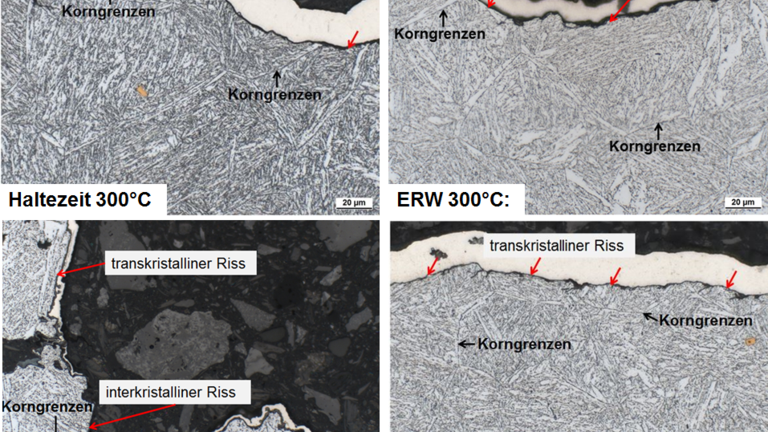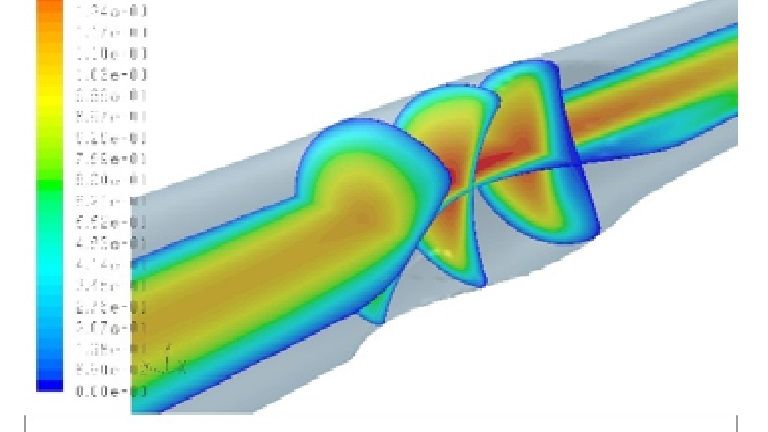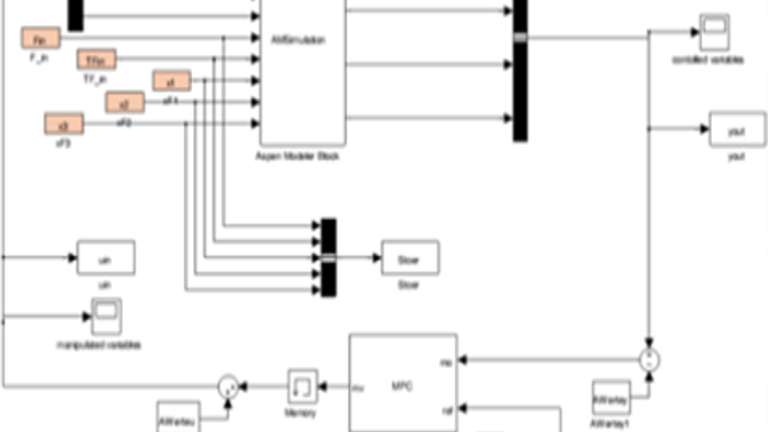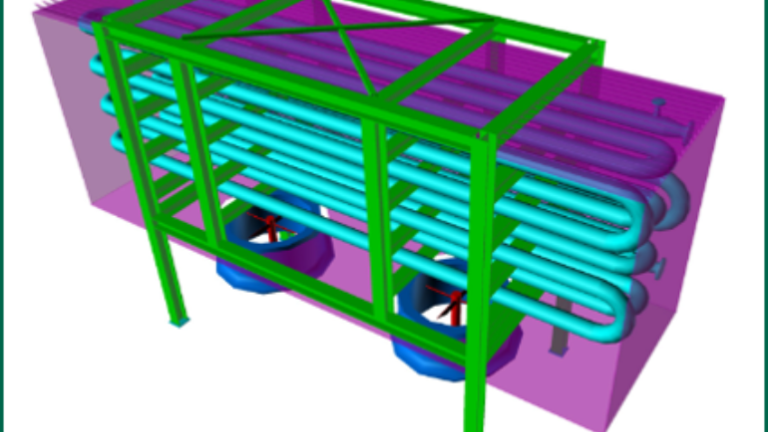Industry 4.0 and digitization are for DMT ENCOS not theoretical application possibilities, but the clear focus points for a possible practical application. The use of calculation applications developed by our company, as well as the continuous further development of our professional services, are part of our continuous improvement process and the associated corporate focus.
The basis of our innovations are research and development co-operations (R&D) with universities and colleges, especially in Northern Germany. As a result of these challenging projects various by-products are formed, which increase or optimize the time resource efficiency of our engineering team as design and simulation development applications. Additionally, these concepts and methods can have a positive effect on the productivity of our clients' processes.
Our cooperation partners - Universities / Colleges
- University of Hamburg / Faculty of Numerical Mathematics
- University of Hamburg / Institute of Technical and Macromolecular Chemistry
- Hamburg University of Technology
- University of Rostock




